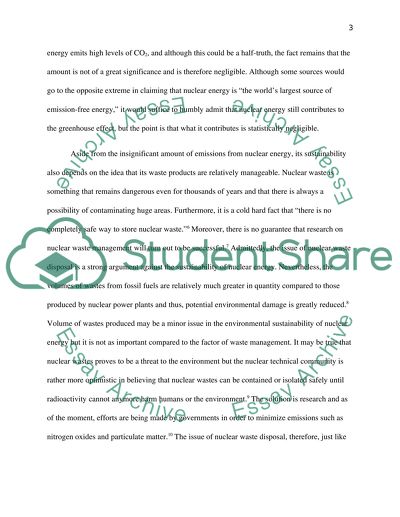Cite this document
(“Nuclear Power Must Not be Phased Out Essay Example | Topics and Well Written Essays - 2750 words”, n.d.)
Nuclear Power Must Not be Phased Out Essay Example | Topics and Well Written Essays - 2750 words. Retrieved from https://studentshare.org/history/1431508-world-environment-on-power-plant-accidents
Nuclear Power Must Not be Phased Out Essay Example | Topics and Well Written Essays - 2750 words. Retrieved from https://studentshare.org/history/1431508-world-environment-on-power-plant-accidents
(Nuclear Power Must Not Be Phased Out Essay Example | Topics and Well Written Essays - 2750 Words)
Nuclear Power Must Not Be Phased Out Essay Example | Topics and Well Written Essays - 2750 Words. https://studentshare.org/history/1431508-world-environment-on-power-plant-accidents.
Nuclear Power Must Not Be Phased Out Essay Example | Topics and Well Written Essays - 2750 Words. https://studentshare.org/history/1431508-world-environment-on-power-plant-accidents.
“Nuclear Power Must Not Be Phased Out Essay Example | Topics and Well Written Essays - 2750 Words”, n.d. https://studentshare.org/history/1431508-world-environment-on-power-plant-accidents.


